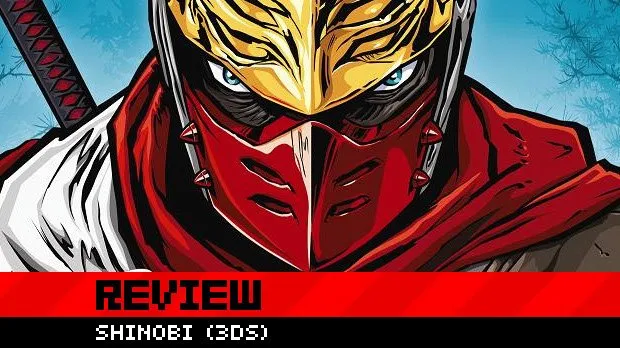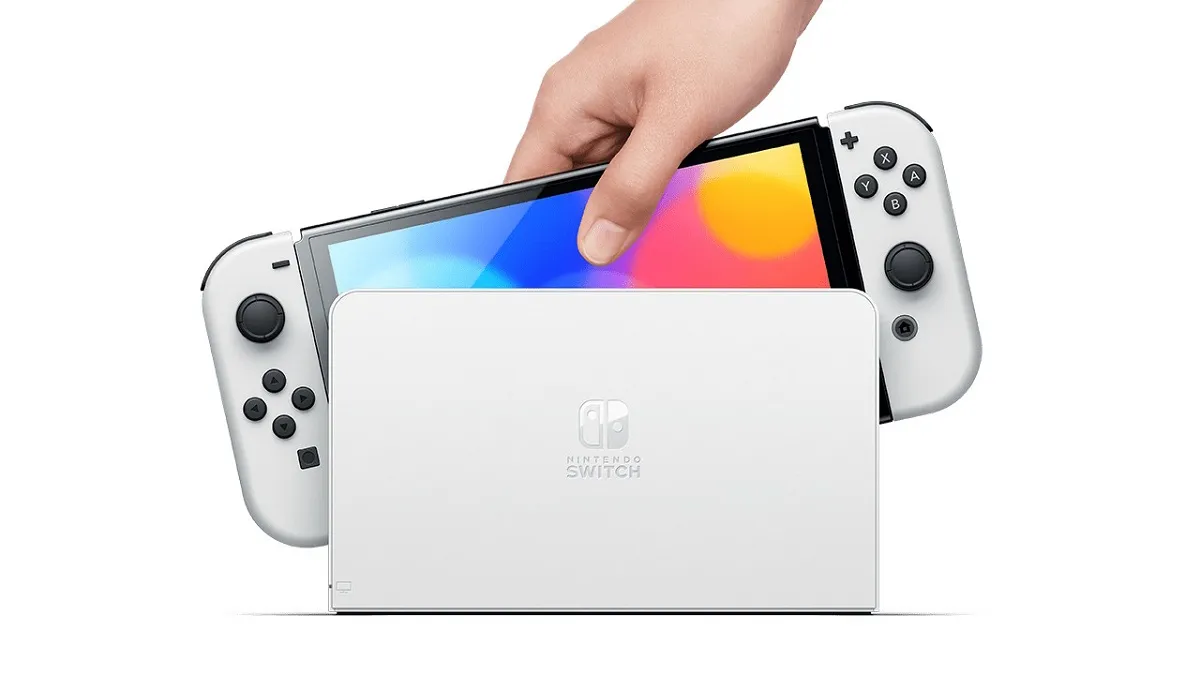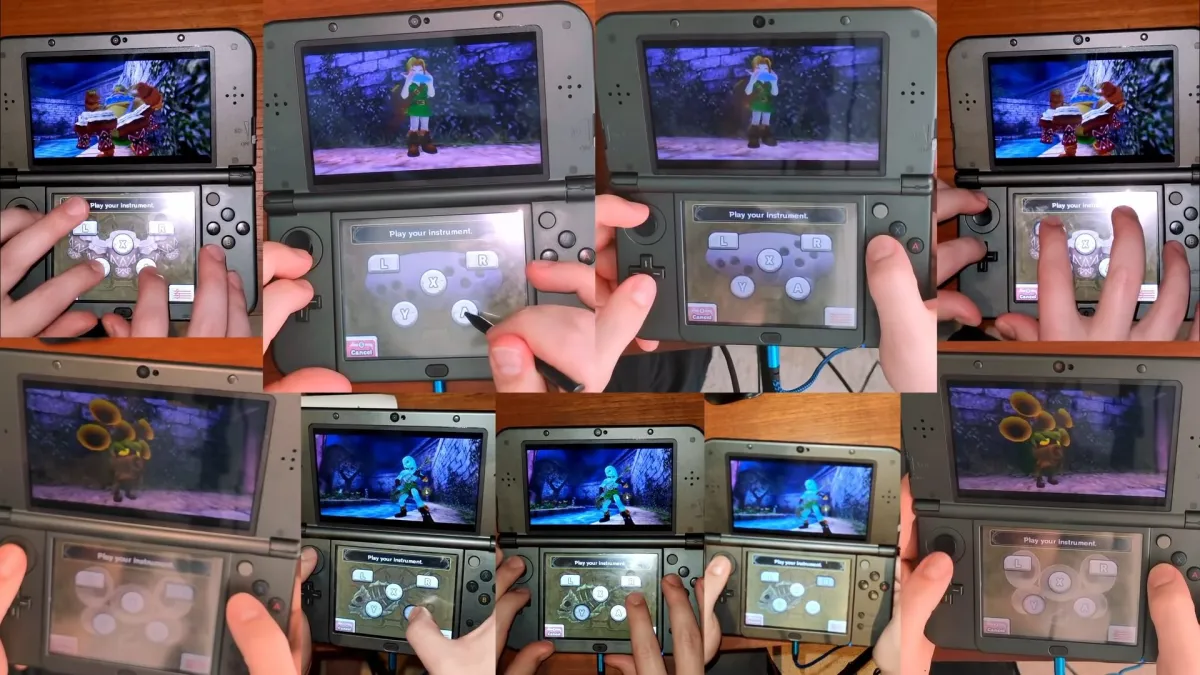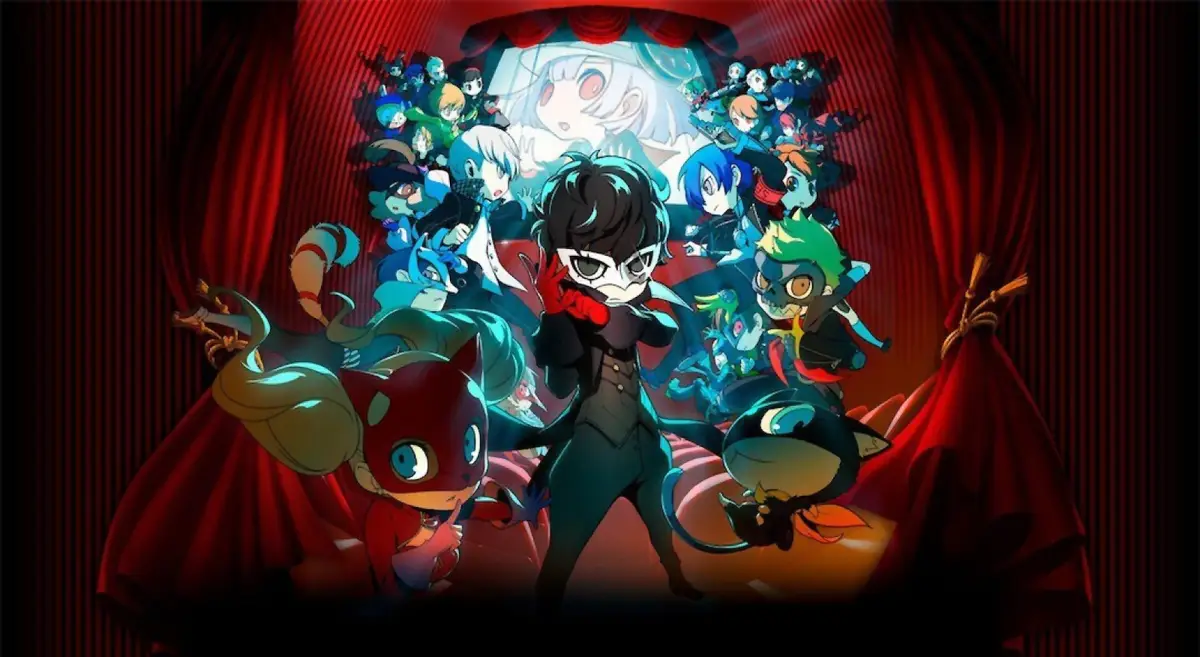It has been nearly 10 years since we were last put into the sandals of an Oboro Clan shinobi, the last game of which was well received despite (or perhaps because of) its high difficulty. Though it brought the series into the third dimension, its gameplay hearkened back to a simpler time when health didn’t regenerate and levels had to be obsessively studied in order to be conquered.
On the 3DS, Shinobi returns to the 2D sidescrolling roots that popularized the series more than 20 years ago. Staying true to its legacy, this latest entry maintains a lot of the old-school game philosophy, though developer Griptonite Games has added a lot of the new-school fluff that gamers today appreciate. Whether anybody gets to experience the bonus content depends on how much pain they are willing to endure.

Shinobi (3DS)
Developer: Griptonite Games
Publisher: SEGA
Released: November 15, 2011
MSRP: $39.99
I like difficult games — I finished Super Meat Boy‘s Dark Cotton Alley, I’ve completed Bionic Commando Rearmed‘s Super Hard mode, and I reveled in Contra 4‘s punishing requirement of both memorization and reflexes. I say this not to brag but to provide a point of reference when discussing the difficulty of Shinobi. I almost gave up on this review entirely, because after wasting a few hours trying to complete the first level on the “Normal,” I thought there would be no hope. I had to suck up my pride and drop down to the insultingly titled “Beginner” difficulty, and it was still a tough journey to reach the end credits.
I don’t know that Shinobi is necessarily more difficult than any of the aforementioned titles, but it definitely hangs onto a few obsolete ideas that today’s difficult games tend to eschew. In contrast to the bite-sized levels seen in many modern challenging games, Shinobi presents fewer levels that can each take more than half an hour to complete. I tend to spend more time playing games with short levels, as there is no “just one more try” desire after being set back by 30 minutes.
Again, a lot of the problem was solved by lowering the difficulty, as the Beginner mode affords the player infinite lives, offers more generous checkpoints, and decreases damage taken from attacks. The higher difficulty levels resemble old-school gaming at its worst, with finite lives and continues, after which a player is forced to start over from the beginning.

The general gameplay in Shinobi is not far removed from its ancestors on the old 8-bit and 16-bit systems. At its heart, it’s a 2D sidescroller with a focus on combat finesse and precision platforming. Your hero, Jiro Musashi, has at his disposal the standard double jump and wall jump as well as a small repertoire of melee and ranged attacks.
Of the two main gameplay elements, combat is the more satisfying. Shinobi rewards the player for patience and timing rather than mindless button mashing. Going into battle with a wildly swinging sword will almost always result in an enemy counterattack. Instead, the player must predict the enemy’s attack, parry it, and launch a counterattack when the enemy’s defenses drop. While that sounds simple on paper, it takes quite a bit of getting used to. That said, once it clicks and the player can build up a high combo by emerging from several fights untouched, it really does instill the feeling of being a ninja.
Boss fights follow a similar philosophy as fights with standard enemies. Attacks are telegraphed a split second before they are launched, and they can generally be parried and countered. While the bosses seemed difficult at first, none are cheap; with some practice, it is not unreasonable to finish a boss fight without taking damage.

In contrast to the combat, the platforming is weak. The controls are fine, and there is a lot of nuance involved in jumping to exactly the location intended, but the main problem is that it just doesn’t come up often enough. Platforming sections that really test the player’s skill take a back seat to combat sections, so the player doesn’t get nearly as much practice. In addition, there are some unfortunate level design choices, like sudden pitfalls and spikes that are just out of sight before making a jump. A more zoomed-out camera during platforming sections could have maintained the necessity for skillful jumping while eliminating the cheap deaths that aren’t really the fault of the player.
In keeping with the old-school design, the story in Shinobi ranges from nonsensical to nonexistent. From the anime cutscenes between levels, I gather that it is about a ninja from the 13th century who gets transported forward through time 800 years to fight things. Over the course of the game, the player finds himself riding on top of speeding cars, exploring an undersea laboratory, ad navigating the inside of a volcano, all with little to no explanation of how or why he is doing it.

So while story is unimportant, gameplay is king. Knowing this, the developers added in a substantial amount of bonus content. There are Achievements, each with their own rewards that can be as little as cosmetic bonuses, such as alternate costumes or weapons, or as big as a full boss rush or other challenge levels that really put the player’s skills to the test. It’s impressive how much extra content there is to find in Shinobi, though how much the player actually sees depends heavily on how much time and effort he is willing to invest.
Shinobi is a great game with tons to do. Some of the old-school elements are sure to turn many players off, but if you can surmount the steep difficulty curve, there is a substantial amount of satisfying gameplay to be found. Those who want a cohesive narrative or who can’t afford to endure a few hours of frustration should look elsewhere, but those who can make it past the hump can wring out a lot of fun.





Published: Jan 24, 2012 06:00 pm